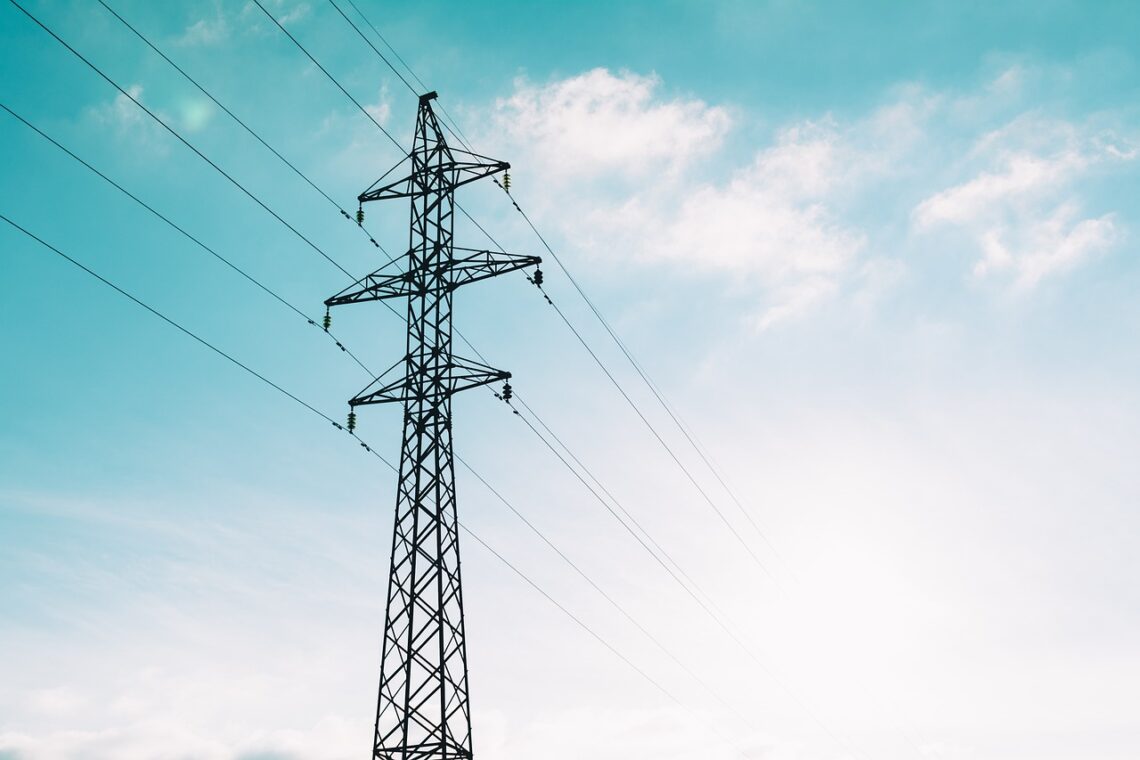The country is currently experiencing a significant electricity shortfall of 5,900 megawatts, which is causing increased loadshedding. This shortfall comes at a time when summer temperatures are rising, increasing the demand for electricity. The Pakistan Meteorological Department (PMD) has already issued multiple warnings for heatwave across most parts of the country, especially Punjab and Sindh.
Current Power Situation
Today, the country’s power generation is at 18,655 megawatts, while demand has surged to 24,555 megawatts. Here is the breakdown of power generation by category:
- Hydropower Plants: 5,000 MW
- Thermal Power Plants: 975 MW
- Private Power Plants: 8,350 MW
- Wind Power Plants: 790 MW
- Solar Power Plants: 200 MW
- Bagasse: 140 MW
- Nuclear: 3,200 MW
As per the power generation figures, the total power generated is 18,655 MW, which is significantly less than demand.
Impact of the Shortfall
Due to the current shortfall, load shedding has become more frequent across the country. Rural areas are experiencing 8 to 10 hours of load shedding daily. Urban areas face 4 to 6 hours of power cuts, while areas with high power line losses endure the most, with 12 to 14 hours of load shedding.
Areas of high line losses usually include neighborhoods where electricity theft is more rampant, leading to increased load shedding.
This prolonged loadshedding is causing significant disruptions, particularly in rural and high-loss areas, as the power sector struggles to meet the high demand for electricity.
its worth noticing, Pakistan has a total installed power generation capacity of 46,035 MW as of 31 January 2024 which includes 28,811 MW thermal, 10,635 MW hydroelectric, 1,838 MW wind, 882 MW solar, 249 MW bagasse and 3,620 MW nuclear. according to wikipedia

















